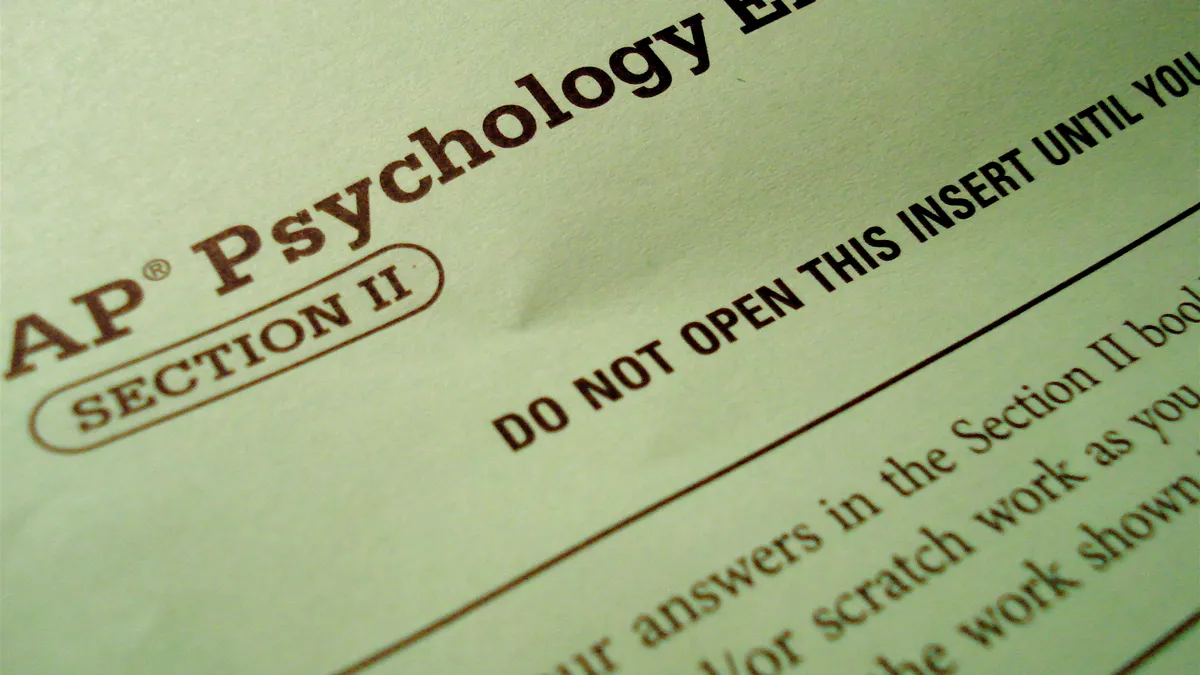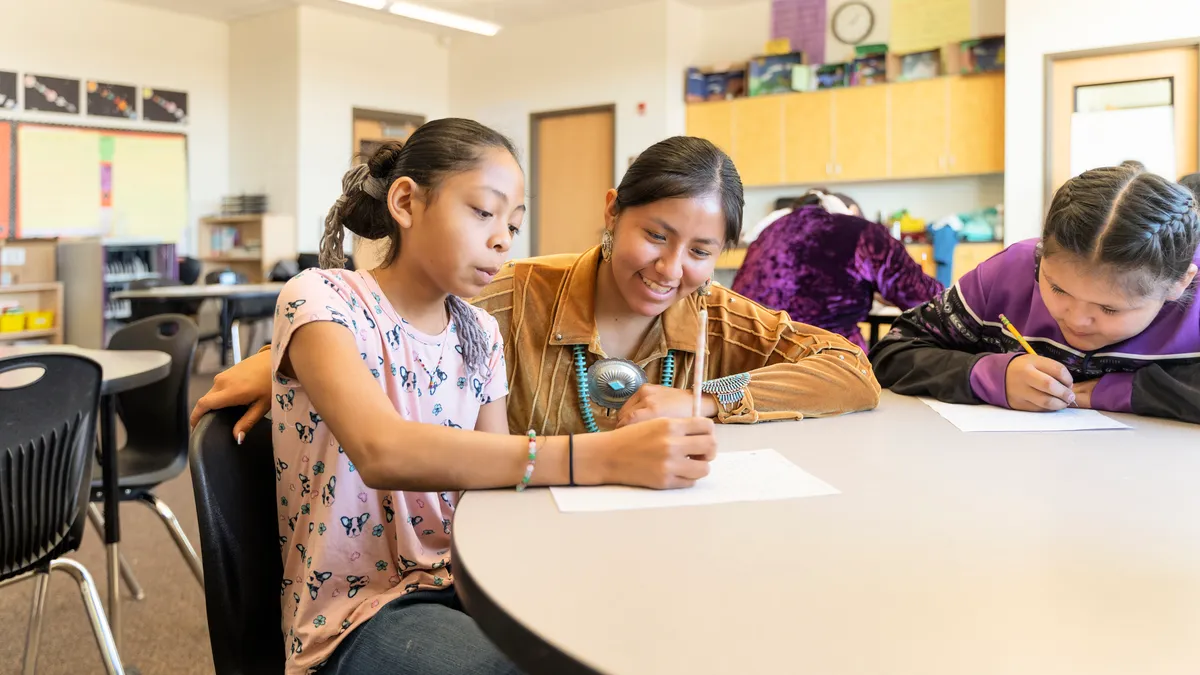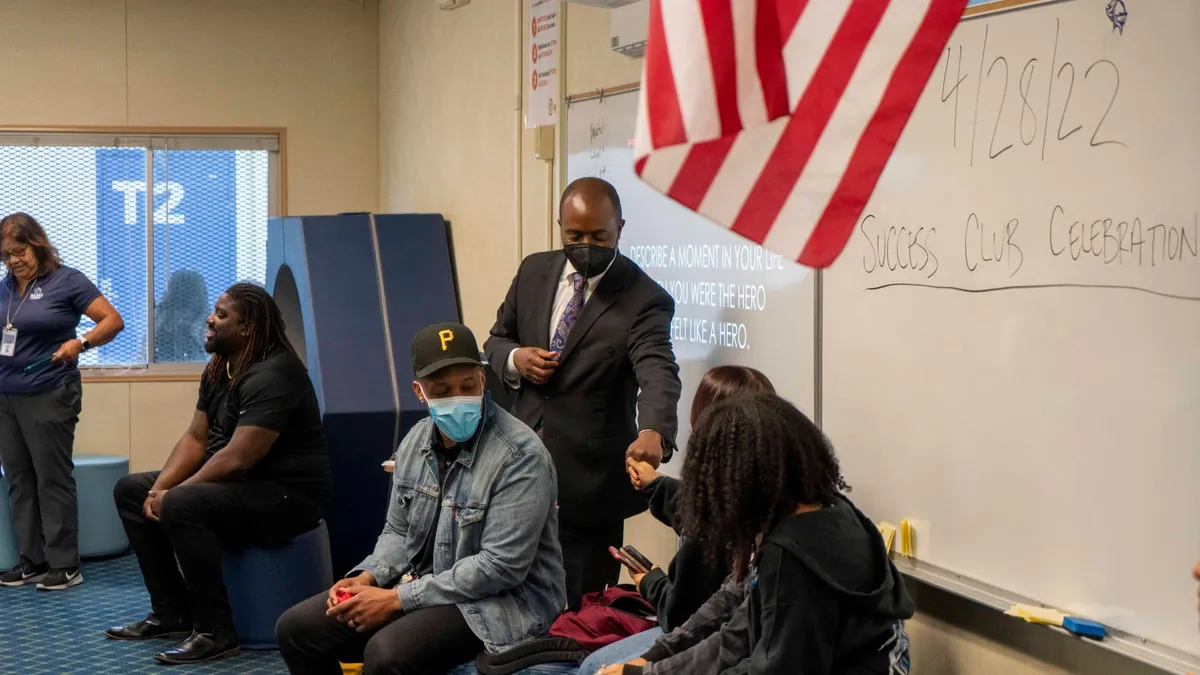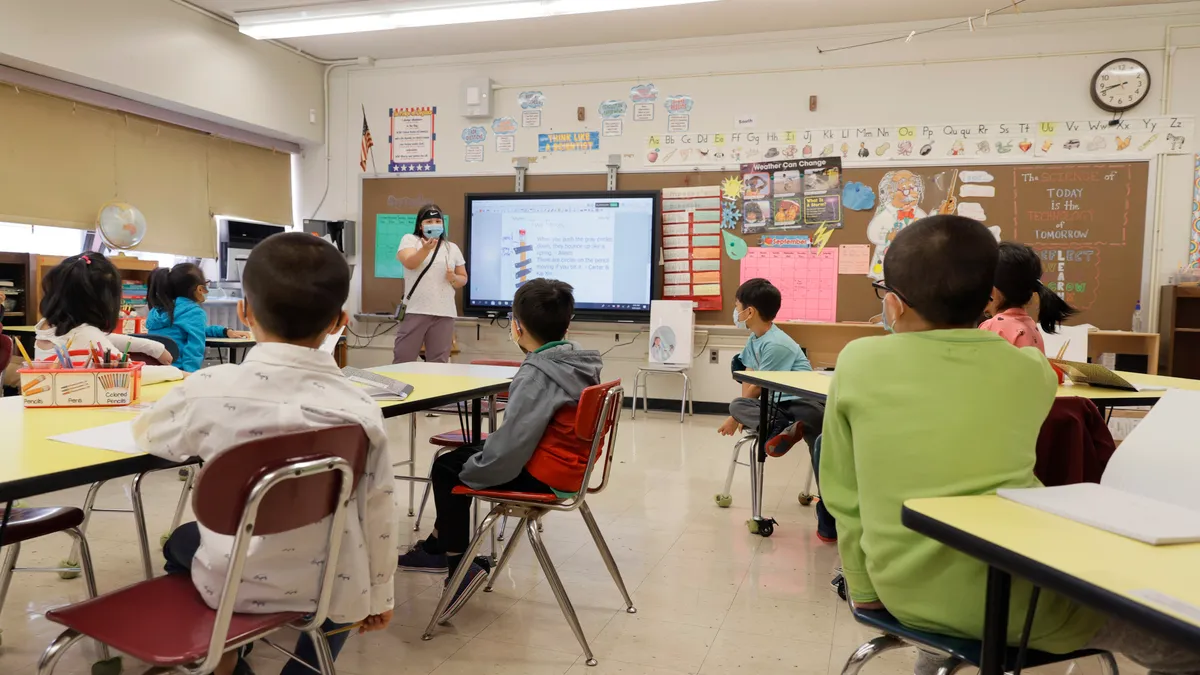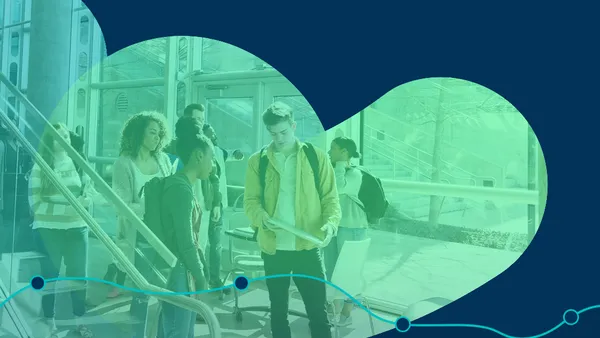This latest Pre-to-3 column highlights a new effort to recognize early learning programs with strong STEM programs and notes some of the obstacles standing in the way. Past installments of Pre-to-3 can be found here.
Situated in what has become known as the East Coast version of Silicon Valley, Minnieland Academy at Ashbriar, a private early-childhood and kindergarten center in Ashburn, Virginia, was looking for a way to stand out among newer preschool programs.
“They’re just screaming technology from the roof” to attract a “a lot of really smart parents” working in the area’s growing engineering sector, Shaun Marie Harrison, the center’s director, said in an interview.
So when AdvancED/Measured Progress, a nonprofit accrediting and assessment organization, invited the school to be one of the first to pilot a new early-childhood STEM certification, Harrison saw an opportunity to highlight the center’s 10-year-old kindergarten STEM program — one that focuses on project-based learning, bridge building, and turning what is referred to as the “international house” into a weather station or a space shuttle.
“STEM isn’t all bells and whistles. STEM is an approach to learning,” Harrison said. “Our kids, we’re not giving them tech time every day.”
Developed as an extension of AdvancED’s K-12 STEM certification, the early-childhood recognition emphasizes learning environments that help develop young children’s curiosity and critical thinking skills.
“The content is important, but what we’re really looking at is creating children’s ability to think and look at the world though that inquiry, problem-based, project-based and engineering design process,” Lisa Sutherland, AdvancED’s director for early learning services, said in an interview.
In such classrooms, the "T" in STEM refers less to technology and more to tools, such as magnifying glasses, building materials and scales for measurement. AdvancED also wanted the certification to be relevant for classrooms serving infants and toddlers, not just those entering schools.
“Children are curious about and capable of learning STEM starting the day they are born,” the authors of "STEM Starts Early" wrote in 2017. “Even before one year of age, babies have been shown to systematically test physical hypotheses when they observe objects behaving in unexpected ways.”
Preparation and retention challenges
Research shows that a young child’s math skills strongly predict later academic achievement. “Developing STEM skills among our youngest learners is also an economic imperative in the United States,” according to a recent National Conference of State Legislatures article. “STEM jobs are projected to be increasingly in demand; with this sector growing by 17% compared to 9.8% for all other occupations.”
Before applying for the certification, AdvancED expects programs to have at least two years of experience implementing a STEM curriculum and to have “high-quality environments that are good for all young children.” The application process also includes a three- to six-month self-assessment and an on-site observation.
AdvancED’s vision for the certification is that young children would attend certified preschool programs feeding into K-12 schools that have also earned the certification. The challenge is determining how to “bridge that process in a more natural way,” Holly King, vice president of early learning services for AdvancED, said in an interview.
Another challenge is ensuring that early educators, who sometimes lack content expertise and confidence in these subject areas, have the knowledge and skills to implement a STEM-focused curriculum. Sutherland noted that the programs that earned the certification during the pilot phase — one in Texas, one in Massachusetts, one in South Carolina and two in Virginia — have already addressed this hurdle as part of their professional development. But Sutherland added that many directors “know that in order to be competitive, they need to raise the bar for their staff.”
At Primrose School of Burlington in Massachusetts, for example, one teacher just completed a year-long LEGO Education Master Educator program, which will allow her to support STEM instruction at the school. The center is located in an area that has become a "home for many major tech companies," Kate Latham, a student and faculty achievement coach at the school, said in an email. "Having a STEM program that has been certified by AdvancED is something that we felt would be of value to our parents."
In “STEM Starts Early,” the authors noted many teachers in preschool and the early grades didn’t have engaging learning experiences in science and math when they were in school, which can lead them to “minimize” or “undervalue” those content areas in the classroom.
Creating strong STEM instruction involves having a learning goal, recognizing how children’s understanding of the topic progresses as they get older and having the right activities and teaching strategies to that developmental period, the authors write. Coaching teachers on how to ask STEM-related questions along with the children in their classrooms is one approach toward helping early educators feel more comfortable in these subject areas.
As part of its effort to increase the number of STEM teachers, the 100Kin10 network is also focusing on strengthening teacher preparation programs for those going into early-childhood education and the early grades.
"Increasingly, as people are doing ‘pre-K for all,’ more and more kids are experiencing learning in school environments,” Talia Milgrom-Elcott, co-founder and executive director of 100Kin10, said in an interview. As a result, “the preparation faculty in early math and early STEM is most critical. You just don’t have faculty that are really preparing elementary teachers to be excellent STEM teachers.”
With salaries for early-childhood educators often well below that of K-12 teachers, a related challenge is retaining well-prepared STEM teachers in preschool classrooms. This challenge will grow as early-childhood programs aim to recruit teachers specifically trained in STEM subjects.
Directors and school leaders are “starting to hire people that are motivated to learn,” Sutherland said. “They see this as an opportunity to start in a career and not in a minimum-wage job. They are building the brains of our next generation.”







